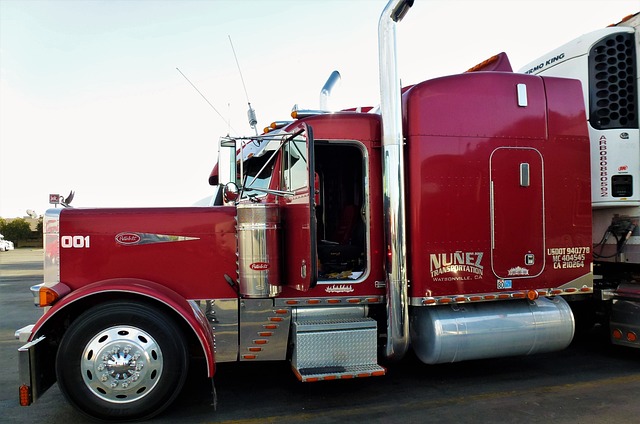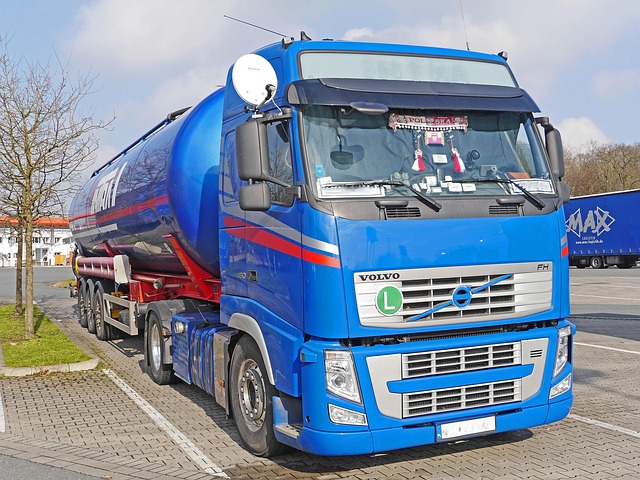“Unraveling the process of registering your car in California can seem daunting, but with the right guidance, it becomes a manageable task. This comprehensive article will lead you through every step, from understanding the state’s unique requirements to securing a successful DMV VIN verification. Discover the essential documents needed and learn how to schedule an appointment efficiently. We’ll provide a detailed, step-by-step guide, ensuring a smooth registration experience. By the end, you’ll be equipped with the knowledge to navigate California’s car registration process like a pro.”
- Understanding the California Car Registration Process
- Gather Required Documents for DMV Vin Verification
- How to Schedule and Prepare for Your DMV Appointment
- Step-by-Step Guide to Registering Your Vehicle in California
- Post-Registration: Important Follow-ups and Considerations
Understanding the California Car Registration Process

Understanding the California Car Registration Process involves grasping several key steps. It begins with gathering essential documents, including your vehicle’s registration certificate from the previous state, proof of insurance, and a valid driver’s license. The process then requires a trip to the California Department of Motor Vehicles (DMV) or an authorized agent to complete the application for car registration. During this visit, you’ll need to undergo a DMV vin verification, which confirms your vehicle’s identity using its unique Vehicle Identification Number (VIN).
A crucial aspect of this procedure is ensuring that all information on the registration forms aligns with your vehicle’s details, including the VIN. You can streamline this process by considering options like a mobile vin inspection or mobile vin verification, which allow for convenient and efficient validation of your car’s identity right from your location.
Gather Required Documents for DMV Vin Verification

To register your car in California, you’ll need to go through a process known as DMV VIN verification. Before heading to the DMV, ensure you gather all the necessary documents required for this step. Key among them is the Vehicle Identification Number (VIN) report, which can be obtained from various sources, including online platforms and auto repair shops. This document verifies the vehicle’s history and ensures it meets safety standards.
Additionally, prepare your car’s registration certificate from the previous state, a valid driver’s license or ID card, proof of insurance, and perhaps most importantly, a mobile VIN verification or inspection report. These steps ensure that your vehicle is ready for California’s specific registration requirements.
How to Schedule and Prepare for Your DMV Appointment

Before your DMV appointment, schedule a convenient time that aligns with their operating hours. It’s advisable to book in advance, especially for complex transactions like car registrations. Prepare all necessary documents, such as proof of ownership, insurance details, and identification. A crucial step is ensuring your vehicle passes the DVV (DMV Vehicle Inspection), which includes a thorough check of its history and condition. Consider using a mobile vin verifier or conducting a mobile vin inspection to verify your vehicle’s information before heading to the DMV. This proactive approach can save you time and potential headaches during the registration process.
Step-by-Step Guide to Registering Your Vehicle in California

Registering a car in California involves several straightforward steps. Start by gathering all necessary documents, including your vehicle’s registration certificate from the previous state, proof of insurance, and a valid driver’s license. Next, visit a California Department of Motor Vehicles (DMV) office or use their online services for an efficient mobile vin verification. This process requires you to provide your Vehicle Identification Number (VIN) to check the vehicle’s history and ensure it complies with all regulations.
If needed, schedule a mobile vin inspection to have an inspector come to your location for a quick and convenient check-up. Once your car passes all verifications, fill out the registration application, pay the required fees, and submit any additional paperwork. After successful processing, you’ll receive your California vehicle registration certificate, allowing you to legally operate your car within the state.
Post-Registration: Important Follow-ups and Considerations

After successfully registering your vehicle with the California DMV, there are several important post-registration steps to ensure a smooth ownership experience. One crucial task is performing a Vehicle Identification Number (VIN) verification, which can be done through various methods, including a mobile vin inspection or using a trusted vin verifier. This process involves cross-checking the VIN with the manufacturer’s records to confirm the vehicle’s authenticity and history, a step that’s essential for both safety and legal compliance.
Additionally, keeping your registration details up-to-date is vital. Informing the DMV of any changes in ownership, address, or contact information is mandatory. Failure to do so may result in penalties. Regularly checking your vehicle’s maintenance records and ensuring all required inspections are up to date is also recommended. These steps, coupled with proper vin inspection, contribute to a seamless car ownership journey and help maintain California’s strict automotive regulations.
Registering a car in California involves several straightforward steps, from gathering essential documents for DMV VIN verification to scheduling an appointment and completing the registration process. By understanding each step and preparing accordingly, you can ensure a smooth and efficient experience. Remember to follow up on important post-registration considerations, such as insurance and vehicle inspections, to keep your vehicle legally compliant and enjoy your newfound California driving freedom.
